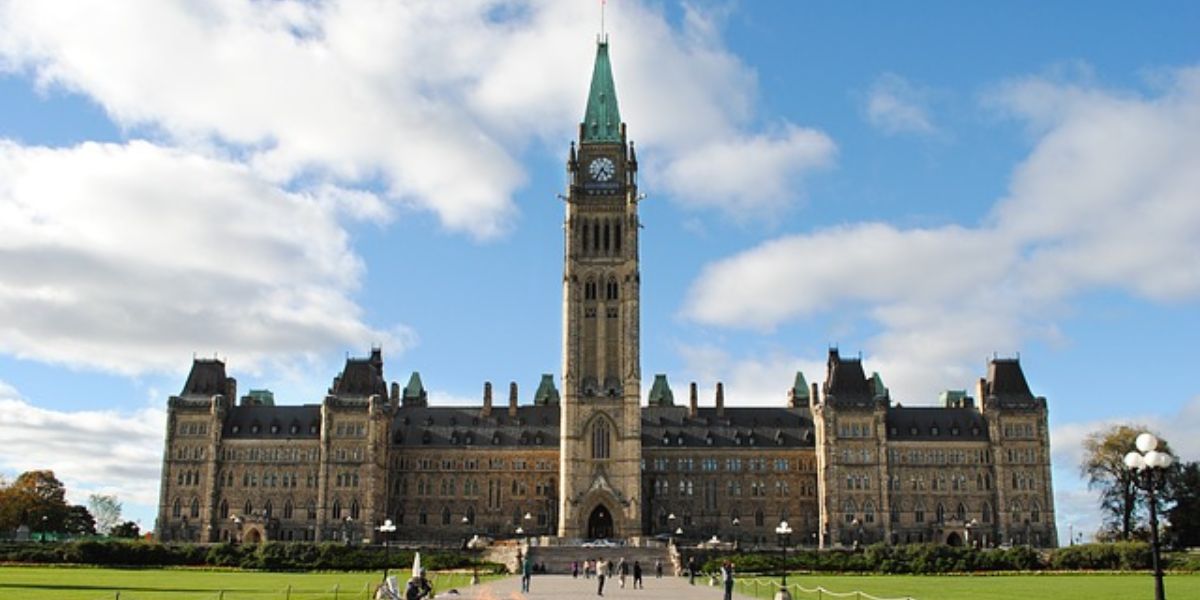The Canadian Parliamentary Budget Officer (PBO) has presented updates on 7 November 2024 regarding Canada’s Alternative Minimum Tax (AMT) changes outlined in the 2024 Budget.
Budget 2024 introduced amendments to the Alternative Minimum Tax (AMT) calculation originally proposed in Budget 2023. Budget 2024 will allow 80% of charitable donations to be excluded from the AMT tax base (up from the originally proposed 50%.
It will also allow certain new deductions and credits and certain previously disallowed credits to be eligible for the AMT carry-forward. In addition, it will include AMT exemptions for Employee Ownership Trusts and certain trusts for the benefit of Indigenous Groups.
The amendments are assumed to have been in effect as of January 1, 2024.
The Parliamentary Budget Officer (PBO) estimates a decrease of $598 million in income tax revenues from 2023-24 to 2027-28.
5-Year cost
| Fiscal year | 2023-24 | 2024-25 | 2025-26 | 2026-27 | 2027-28 | Total |
| Cost from individuals | 33 | 133 | 131 | 129 | 127 | 553 |
| Cost from trusts | 2 | 9 | 10 | 11 | 12 | 45 |
| Total cost | 36 | 142 | 141 | 140 | 139 | 598 |
*CAD Millions
Estimation and projection method
The PBO used Statistics Canada’s Social Policy Simulation Database/Model (SPSD/M) (version 30.2) for the incomes, deductions, and tax credits of high-income individuals. In addition, PBO obtained detailed counts and averages for a list of relevant variables from the Canada Revenue Agency (CRA) for tax filers with over CAD 100,000 taxable income as well as those with CAD 100,000 total income.
These data were used to adjust the SPSD/M database to improve their accuracy for high-income individuals. Additional publicly available data on AMT carryover usage were obtained from CRA’s T1 Final Statistics.
PBO estimated the fiscal impacts of the AMT changes on individuals using SPSD/M. For variables in the SPSD/M database that showed significant differences compared to the data provided by CRA, adjustments were performed to match the SPSD/M counts and averages with the CRA data for each corresponding total income bracket, wherever applicable.
The income tax brackets and the AMT exemption amount were grown using PBO’s internal Consumer Price Index (CPI) projections. Since the increase in exemption rate for the donation tax credits is expected to incentivize additional donations (and increased utilisation of charitable donation tax credits), PBO included an additional cost to account for this behavioural impact.
For both individuals and trusts, PBO models considered the Budget 2024 change to the capital gains inclusion rate on non-AMT taxes. This costing represents only the impacts of the Budget 2024 changes to the AMT rules, with the Budget 2024 capital gains inclusion rates changes already included in the baseline.2
Sources of uncertainty
There is some uncertainty in the historical values of the income, deduction, and tax credit variables in SPSD/M for high-income individuals, particularly in the correlation between the different variables. In addition, variables in SPSD/M do not always match with the concepts required in AMT calculations.
Growth rates of relevant variables, such as demographics, incomes, credits, and deductions, may also differ from those assumed in SPSD/M. An increase in AMT exemption rate on charitable donations is expected to increase the total amount of donations, which will increase the total cost of this measure due to the higher usage of charitable donation tax credits.
There is high uncertainty in the magnitude of this cost increase, due to a wide range of tax elasticities on donations reported in literature. Finally, there is significant uncertainty in how the usage of AMT carryover will be affected by this measure.
For trusts, due to a lack of data, the PBO was not able to include all Budget 2024 AMT changes in its calculations. However, given that the change in trust AMT revenue due to Budget 2024 is dramatically smaller than the change in individual AMT revenue, the lack of data for trusts is not expected to greatly impact the overall results.














